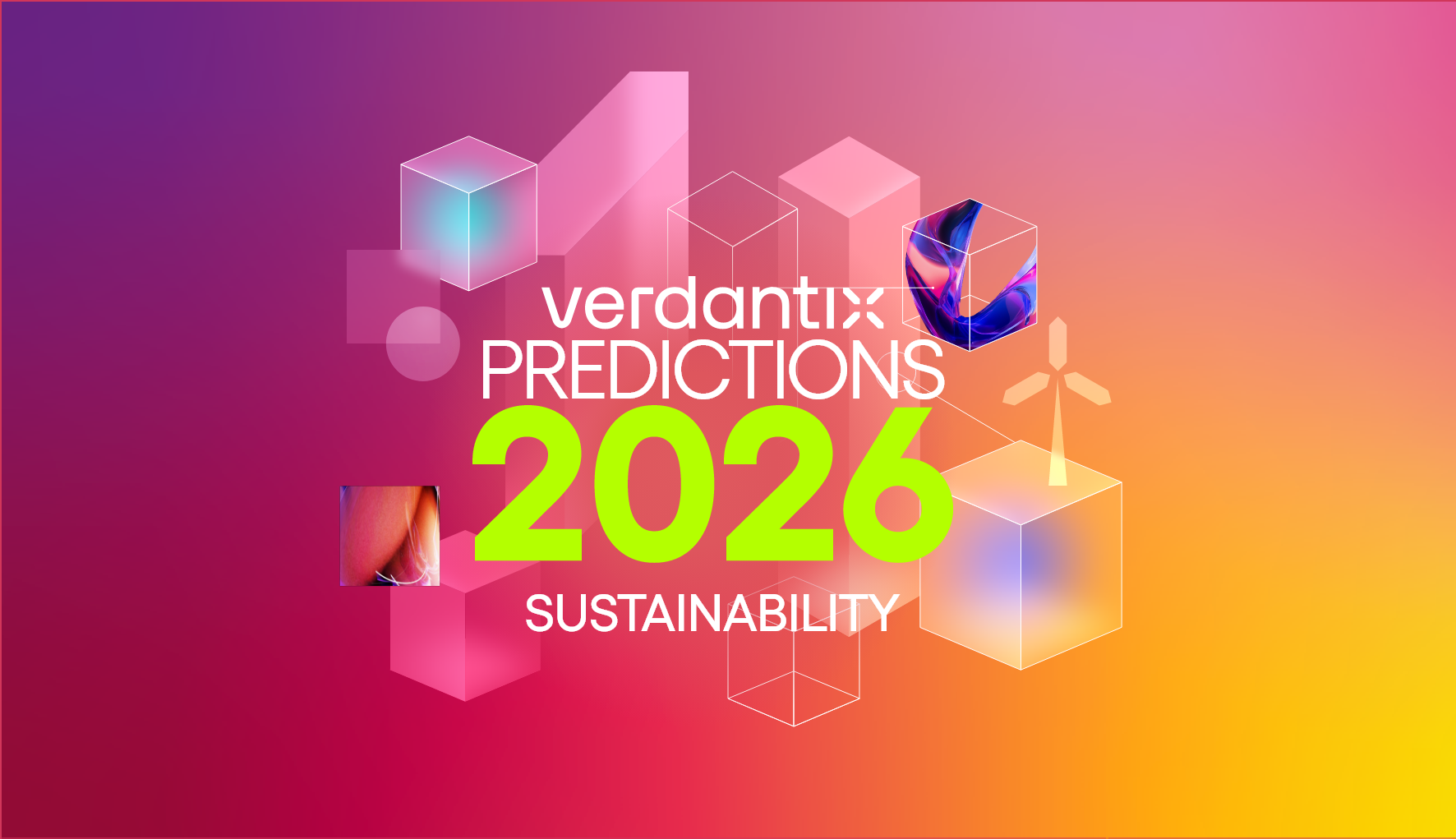Voluntary Carbon Markets Will Boom Following A COP 26 Agreement On Article 6
From emissions brokers to project developers, climate change consultants to project verifiers, the entire carbon market ecosystem is waiting with bated breath to find out how whether a new set of rules for international carbon markets will be agreed in the next two weeks. Article 6 of the Paris Agreement, which defines at a high level how international carbon markets should operate, was left unfinished due to political disagreements in 2015. These political differences have not been resolved in subsequent conferences of the negotiating parties. What’s on the table at Glasgow?
Firstly, negotiators need to resolve disagreements on double counting versus double claiming. All participants acknowledge that if one government buys emissions reductions achieved in another country, both can not account for the same reductions in their Nationally Determined Contributions. But opinion is split on whether a host country can claim emissions reductions and also sell project-specific emissions reductions under Aritcle 6.4 to a business buyer which claims them as part of their net zero emissions strategy. If COP 26 approves a framework for double claiming, finance for international offset projects will flood in.
Secondly, for years the estimated 4 billion tCO2e of Kyoto Protocol Certified Emission Reduction (CERs) credits have hung over the price of voluntary carbon credits like a sword of Damocles. Why? Issued credits in 2021 will amount to less than 400 million tCO2e so accepting all 4 billion Kyoto CERs would flood the market and crash prices. But countries like Brazil, China and India want CERs to be accepted in international carbon markets. Now there is a precedent for compromise. The aviation sector’s international emissions trading scheme CORSIA, which launched in early 2021, accepts CERs issued in the 2016-2020 period. If negotiators can clarify what – ideally low – percentage of historic CERs will be permitted to trade under Paris Agreement rules it will eliminate a major source of price uncertainty.
Thirdly, COP 26 negotiators need to agree on the high-level rules for international trade in project specific emissions reductions termed the Sustainable Development Mechanism (SDM). This will enable the UN to develop market rules for project design, verification, monitoring, registries and contracts. In doing so, providers of market infrastructure like Climate Impact X, Gold Standard, IHS Markit, Sylvera, Verra and Xpansiv will understand how they can invest to scale up the global market operations. An agreement on the SDM would also provide clarity on the share of proceeds tax on sales of project-related credits further reducing price uncertainty.
Even if these principles are agreed in Glasgow it will take two or three years for the bulk of market rules to be defined and implemented in different jurisdictions. Nevertheless, improved clarity on a price floor for voluntary carbon credits, a UN-defined basis for firms to claim emissions reductions they fund in foreign countries and improvements in project design and quality control will open the door to boom times for the voluntary carbon markets. What’s the alternative? Rolling the decision over again to COP 27 in Egypt.
About The Author

David Metcalfe
CEO and Co-Founder





